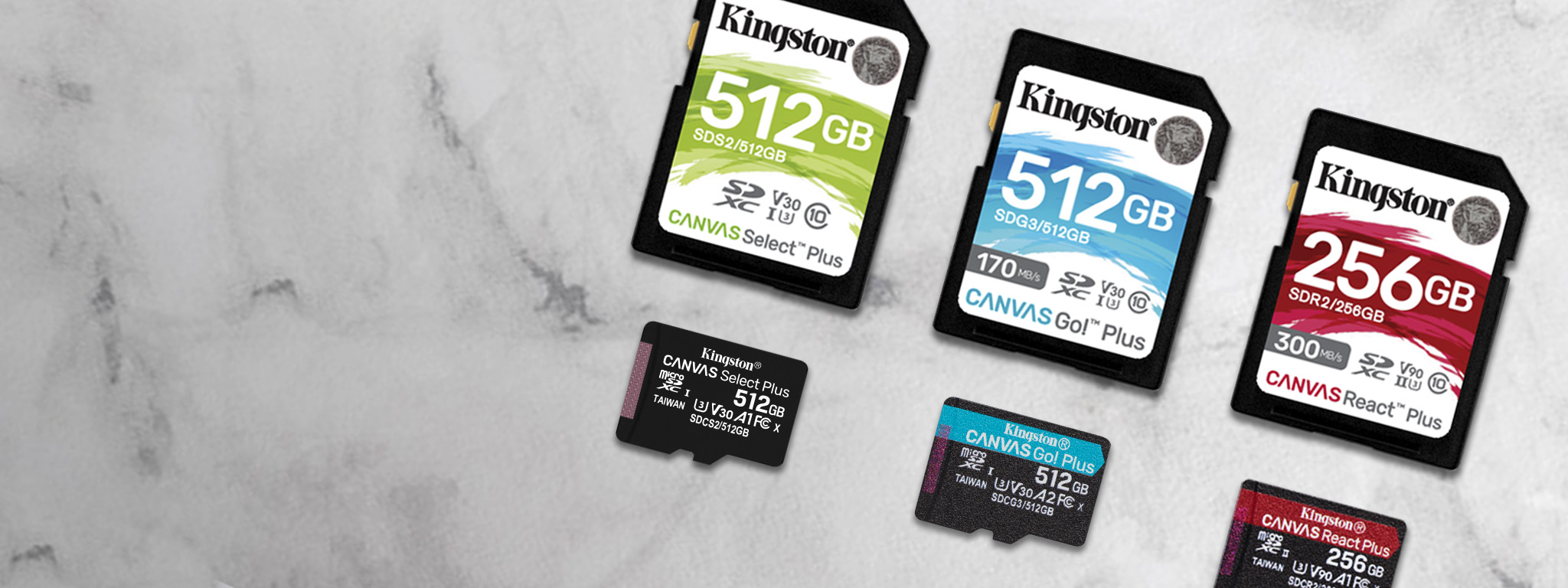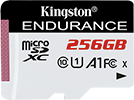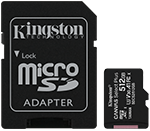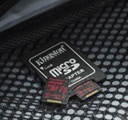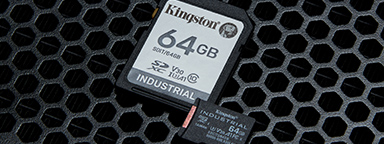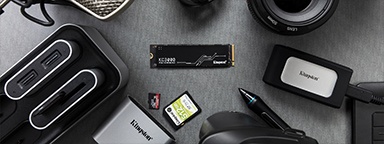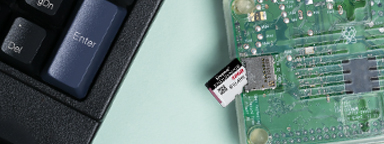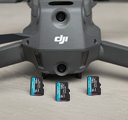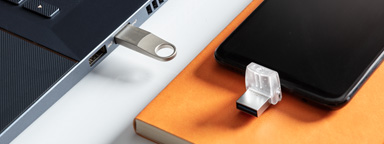Video Speed Class
The latest Video Speed Class was created to enable higher video resolution and recording features such as multiple video streams, 360-degree capture, VR content, and 4K or 8K resolution videos. They’re usually denoted with the “V” symbol. There are five ratings for the Video Speed Class:
- V6 (Video Speed Class 6): minimum write speed of 6MB/s
- V10 (Video Speed Class 10): minimum write speed of 10MB/s
- V30 (Video Speed Class 30): minimum write speed of 30MB/s
- V60 (Video Speed Class 60): minimum write speed of 60MB/s
- V90 (Video Speed Class 90): minimum write speed of 90MB/s
The Video Speed Class is unique because it’s capable of utilizing both the UHS-I and UHS-II bus interfaces. V6 to V90 speed class memory cards can use the UHS-II bus interface, but the UHS-I bus interface can only support V6 to V30 speed class memory cards.
The Video Speed Class offers the fastest speeds available and is ideal for ultra-high-resolution videos, high-quality videos and multi-file recording in drones and 360-degree cameras. It supports HD formats up to 8K video in drones, 360-degree cameras, action cams and VR cameras.
You can find the best card for your hardware device by choosing the same speed class or higher that’s required for your device. For example, if your device requires a Class 4 memory card, you can use Speed Class 4, 6, or 10. If your device requires a UHS Speed Class 1 card, you can use UHS Speed Class 1 or 3. The same functionality applies to the Video Speed Class as well. Note, using a higher-rated card that goes beyond the speed class requirement for a device will still work, but you won’t be experiencing the full benefits of the higher speed class since the device only supports the lower speed class.
#KingstonIsWithYou





